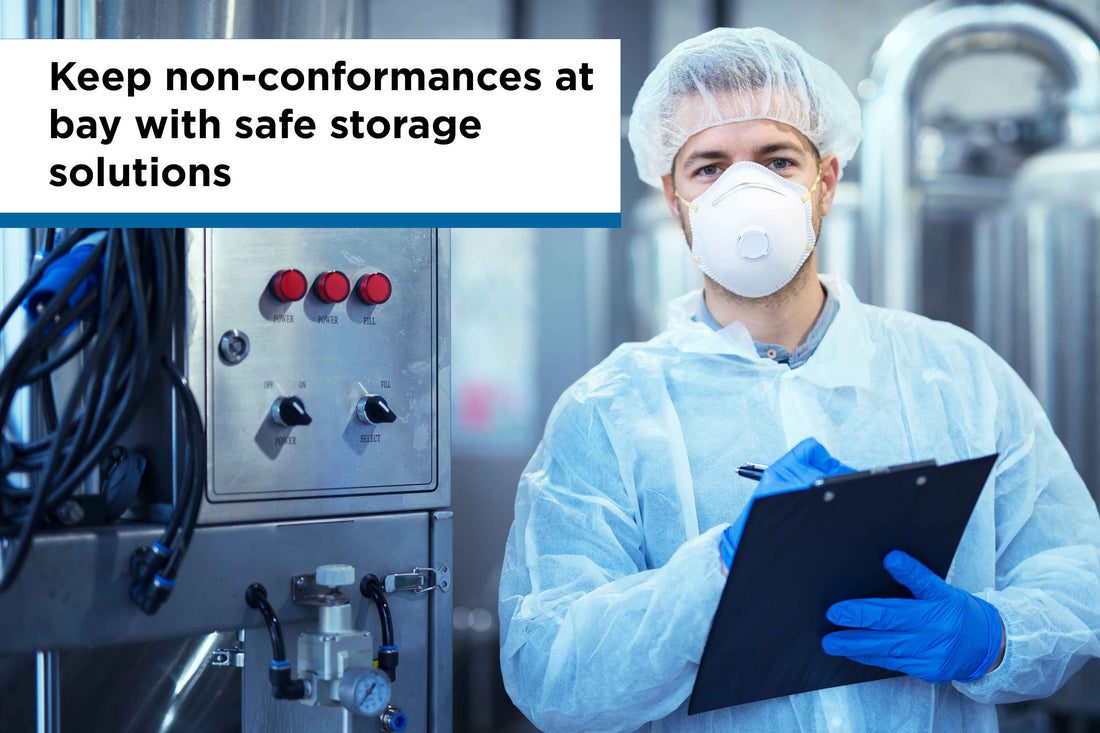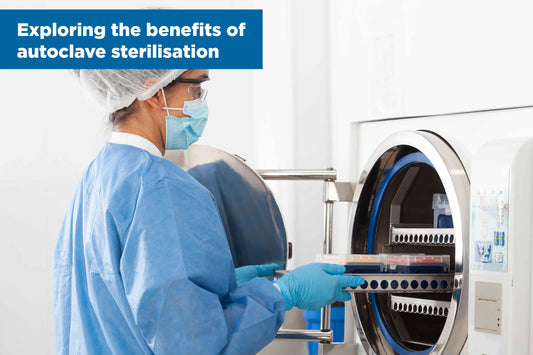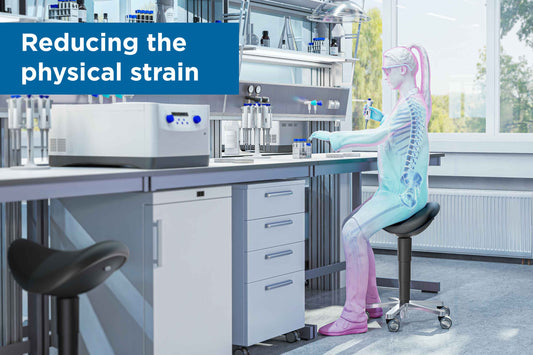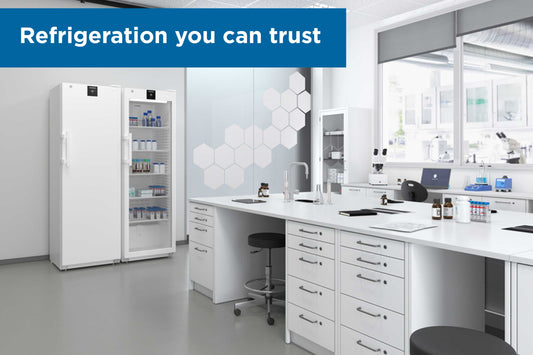The incorrect storage and handling of chemicals (clause 4.9.1.1) was the third most common BRCGS food safety non-conformance over the past year. This amounted to a grand total of 3,284 non-conformances* that could have easily been avoided with the right protocols and storage facilities. In this blog, we will explore the best storage practices to prevent chemical contamination across your facility, helping you to stay audit-ready every day.
The clause
Clause 4.9.1.1 states that “Processes shall be in place to manage the use, storage and handling of non-food chemicals to prevent chemical contamination.” These chemicals should be:
- Sourced from an approved list of chemicals that are suitable for food processing environments.
- Come with material safety data sheets.
- Clearly identified/labelled.
- Not be strongly scented.
Chemical inventory
It’s important that every facility creates an inventory of the cleaning chemicals being used across the site. This should include the quantities, where they are stored, the staff authorised to use them (and for what use) as well as any associated risks for each chemical. The efficacy should also be documented alongside any tests that have been passed. Once the inventory is completed, a COSHH assessment will need to be conducted listing any precautions that are required to keep staff safe.
Location
Careful consideration should be made as to where this storage should be located with all cleaning agents, disinfectants, lubricants and pest control substances physically separated from food storage, production and packaging areas. In addition to this, acid and alkali products should also be adequately segregated – preferably in separate locations. This segregation is important as, if the chemicals were mixed, it could lead to serious health and safety hazards such as the production of chlorine gas. To reduce the risk, it is important for all neat or diluted cleaning chemicals to be clearly labelled and identifiable with both the chemical and the dilution listed.
This storage area must be well-ventilated to prevent the build-up of airborne vapours and offer a secondary containment method where possible, such as our dedicated liquids cupboard, which features a spill tray for easy cleaning and added protection against leakage.

Staff training procedures
To further reduce the risk of contamination, this chemical storage should be locked away from unauthorised staff with training provided on an annual basis to relevant personnel. This training should cover the safe handling and PPE use as well as outline procedures handling spills. This is a critical element of food safety risk prevention under both BRCGS and HACCP guidelines. Auditors will require evidence of your efforts to safeguard staff, so remember to keep a record of training procedures as well as a documented list of command and up-to-date cleaning instructions.
Not just ticking the boxes
Correct chemical storage isn’t just about ticking a box for your next audit - it’s about building a culture of safety that protects both your team and your products. By maintaining a clear inventory, separating incompatible substances, providing adequate storage and ensuring all staff are trained in correct handling practices, you not only comply with clause 4.9.1.1 but also significantly reduce the risk of costly and dangerous non-conformances. Investing time and resources into robust chemical handling protocols now will pay off with smoother audits, safer operations and greater peace of mind.
If you would like to upgrade your stainless steel cupboards, shelving or storage facilities, get in touch today! Our knowledgeable team are on hand to help – just call +44 (0)1603 788 833 or email mail@teknomek.co.uk.
*BRCGS Annual Report 2024/25




